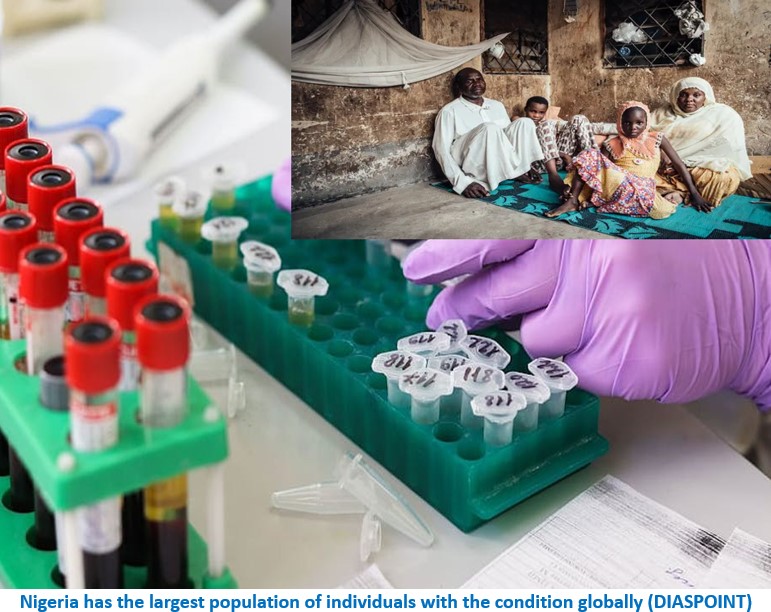Sickle cell disease is rife in west Africa — a fresh approach is needed to combat it
Post By Diaspoint | August 8, 2023

Sickle cell disease refers to a group of inherited blood disorders with symptoms like anaemia and blocked blood vessels. About 80 per cent of the world’s sickle cell disease cases occur in sub-Saharan Africa. Lack of access to comprehensive healthcare in the region adds to the burden of the disease.
Nigeria has the largest population of individuals with the condition globally. Reports indicate that about 25 per cent of Nigerians carry the gene that causes it and two per cent to three per cent of the population suffer from sickle cell disease.
The mortality rate for children ranges from 50 per cent to 80 per cent. Clinical presentations vary among sickle cell patients. Some include leg ulcers, fatigue, dizziness and end organ damage.
My team and I at Nigeria’s National Institute for Pharmaceutical Research and Development undertook a critical review to investigate the challenges associated with sickle cell disease in sub-Saharan Africa.
We urge governments and relevant stakeholders in this region to prioritise policies that can underpin effective management of the disease. We recommend implementing relevant strategies that will reduce the burden whilst targeting total elimination.
These include counselling about how genetic conditions might affect a family. We propose premarital genotype screening and comprehensive health insurance coverage for all sickle cell disease patients.
Gaps in the management of sickle cell disease
Our review focused on publications in English language journals between 2003 and 2021. The review provided insight on relevant medical interventions and helped to identify prospects for overcoming the burden of sickle cell disease.
We found that most of the studies in this area were undertaken in the West African region.
Some centred on hydroxyurea in the management of the condition. This drug treats anaemia by helping to prevent the formation of sickle-shaped red blood cells. It has contributed towards reducing the burden of the disease globally.
Read More from original source
